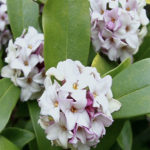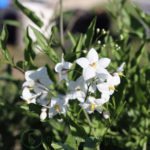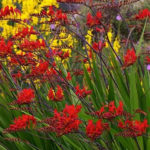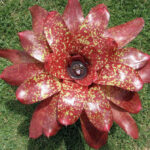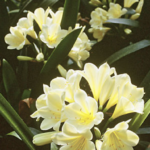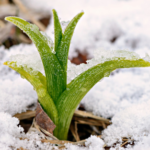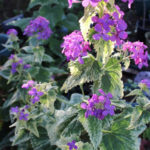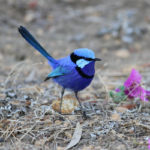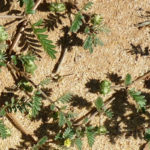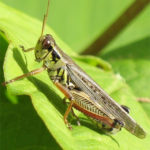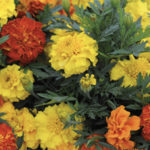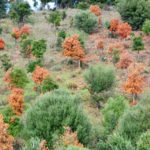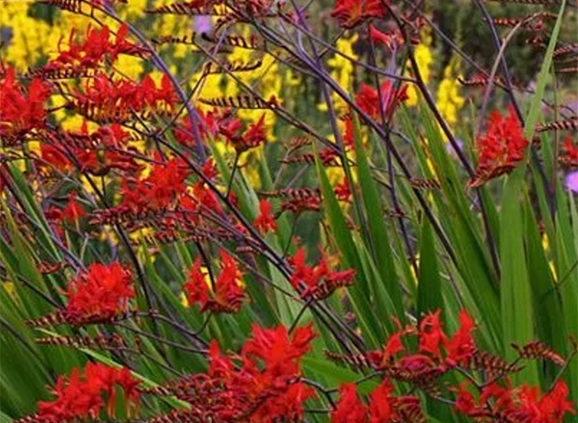
Crocosmia Lucifer Plant Care
Crocosmia Lucifer Bulb Care Growing and Planting Crocosmia Lucifer Flowers
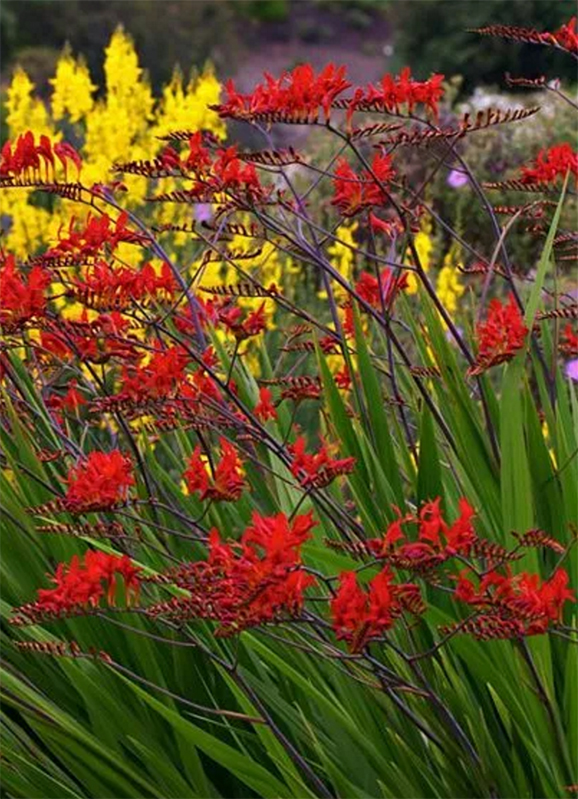 Crocosmia Lucifer or montbretia Lucifer belongs to the family Iridaceae. They are deciduous perennials with sword shaped leaves, producing large showy vibrant flame red coloured flowers on tall spikes during the summer. The flowers are funnel shaped mainly flowering on horizontal stems. The green sword shaped leaves have a pleated appearance that can grow 80 to 100cm in height. This clump forming plant dies back during winter and re-grows during spring, flowering for long periods. The blooms last for 5 to 8 weeks and can attract many pollinators for example bees and butterflies to your garden. The flowers of this plant make excellent indoor flower arrangements from the use of cut flowers. Crocosmia flowers die back each winter, the tubers regrow after winter to keep flowering year after year. There are very few pests that attack this plant, watch for red spider mite or maybe thrips in late summer but while growing a range of crocosmia species I consider them to be disease free. Crocosmia Lucifer usually requires very little maintenance once established. A single plant can produce 8-12 flower stems and each produces hundreds of flowers in late summer and autumn.
Crocosmia Lucifer or montbretia Lucifer belongs to the family Iridaceae. They are deciduous perennials with sword shaped leaves, producing large showy vibrant flame red coloured flowers on tall spikes during the summer. The flowers are funnel shaped mainly flowering on horizontal stems. The green sword shaped leaves have a pleated appearance that can grow 80 to 100cm in height. This clump forming plant dies back during winter and re-grows during spring, flowering for long periods. The blooms last for 5 to 8 weeks and can attract many pollinators for example bees and butterflies to your garden. The flowers of this plant make excellent indoor flower arrangements from the use of cut flowers. Crocosmia flowers die back each winter, the tubers regrow after winter to keep flowering year after year. There are very few pests that attack this plant, watch for red spider mite or maybe thrips in late summer but while growing a range of crocosmia species I consider them to be disease free. Crocosmia Lucifer usually requires very little maintenance once established. A single plant can produce 8-12 flower stems and each produces hundreds of flowers in late summer and autumn.
Planting Crocosmia bulbs
Crocosmia Lucifer is usually grown in cool or temperate climates. The best time to plant the bulbs is later than the frost season in spring. When planting the crocosmia bulbs select an area with full sun or partial shade. This plant needs well drained and loamy soil enriched with compost or balanced fertiliser for proper growth and flowering. The bulbs or corms of the plant should be placed 2-3 inches deep in the soil and it is necessary to leave a space of at least 6-8 inches between the plants. The pointed end of the corm should be facing up when planted. Cover the corms with soil and water them. Mulch the area and avoid excessive watering till new growth emerges from the bulb. Crocosmia plants fairly drought tolerant and needs water only when the soil is dry. Fertilise the plant when the shoots reach 6-8 inches of height and at the first blooms appear. Removing spent flowers encourages the formation of new flowers.
Crocosmia Lucifer care after flowering
Growing crocosmia flowers corms after planting requires snipping off the blooms promotes further flower formation once the blossoming ceases. You can cut the flowers for making flower arrangements when the plant is in bloom.
Care after flowering should be to keep the leaves in place. Cut back the leaves only when the foliage starts to die and turns yellow. Cutting the leaves a few inches from ground level is necessary before winter. Crocosmia Lucifer corms are very hardy. You rarely have to lift the bulbs to store them after the growing season.
Types of Crocosmia bulbs
There are many varieties of crocosmia flower bulbs, the flowers bloom in autumn colourings of red, orange and yellow.
- Crocosmia masoniorum – Beth Chatto – Grows 75cm, flowers are orange flowers display the same style as crocosmia lucifer.
- Crocosmia Masoniorum – Aureo displays golden flowers 60cm tall with slightly grey green leaves.
- Crocosmia Mrs Jeffrey Howard aka Mrs Morrison – Grows to 90cm in height flowers are dark red.
- Crocosmia Golden Fleece – Lemon yellow flowers in autumn and summer 85cm.
- Crocosoma – Severn Sunset flowers are apricot orange height 50cm.
Crocosmia bulbs care and division
Crocosmia plants start producing fewer flowers when the plants becomes crowded and the plant has formed too many bulbs. This is when the plant should be divided every 3-4 years during late autumn. In areas with moderate frost, the bulbs can be left in the soil. But, in heavy frost or snow areas, the bulbs have to be lifted and stored in a dry cool place. In storage, you can keep the bulbs in paper bags or boxes during winter and replant them in spring when the ground temperatures warm up. If you leave the bulbs in the ground, mulch it to a height of 6-12 inches, so that the frost doesn’t penetrate the soil. Later on, fresh new growth will emerge in the spring time.
Division of the crocosmia corms can be done in late autumn or early spring. Lift the clumps and cut apart sections from the grouped corm. You can use the strongest corms to replant immediately and plant the smaller offsets into another plot in the garden as they will not bloom for a few years. They can be planted in garden beds, large garden concrete pots or as flower borders.


